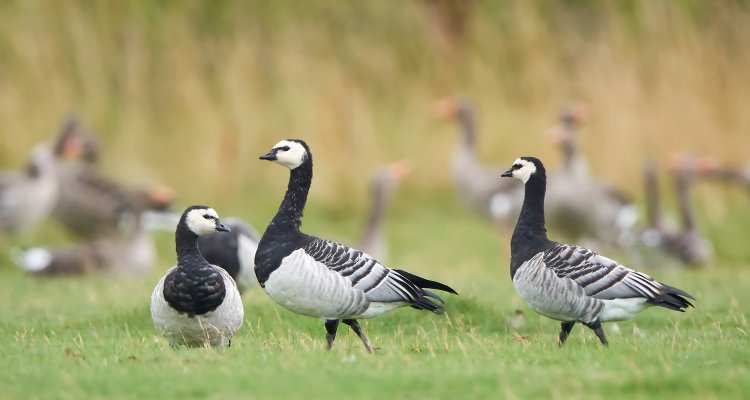Wageningen University & Research appoints personal professor of Environmental Toxicology
The Executive Board has appointed Nico van den Brink as personal professor of Environmental Toxicology in the Toxicology chair group of Wageningen University & Research (WUR). Van den Brink has been working for the Toxicology chair group since 2014 and heads the environmental toxicology group there. The group’s research focuses on among others birds and mammals and also on marine cockles and fruit flies. Where they dive into the possible effects of substances on behavior and the immune system of these animals.
‘Behavioural changes can already occur at low environmental concentrations of substances, as we saw in a study on barnacle geese on Spitsbergen’, Van den Brink explains. Currently, some PhDs within the group are investigating the underlying mechanisms that cause such behavioral effects at such low exposure concentrations. Research on the immune system of animals focuses on species that may play a role in the spread of zoonoses, among which small mammals such as the wood mouse. ‘I am very interested in identifying the underlying mechanisms of action by which substances cause such effects. This is necessary to explain the subtle, but relevant, effects in the field and to link them to the occurring contaminants.’
Penguins and petrels
Van den Brink studied biology at the former Agricultural University and first came into contact with environmental toxicology during his PhD. During that period he researched so-called persistent organic pollutants (POPs) in penguins and petrels of Antarctica. The fact that these Antarctic birds, which had probably never seen a human before, were contaminated with substances produced or used thousands of miles away was astounding at that time. ‘This is still an important motivation for me to gain a better understanding of the actual environmental risks of substances.’
Nico.jpg
Environmental risks into focus
Following his promotion, Van den Brink worked for 15 years at what was then Alterra. Here he focused, among other things, on developing new methods to model the exposure of birds and mammals on a landscape scale. In addition, he mapped the environmental risks of existing contaminants at larger locations.
Scientific basis
Although effects on both behavior and the immune system can occur at low concentrations, these risks are not yet part of the current testing policy regarding the environmental risks of substances. The research of the group is carried out in various national and international projects, and provides the scientific basis that such risks of substances can be of great importance.

